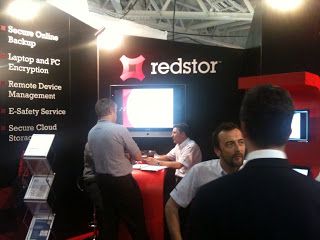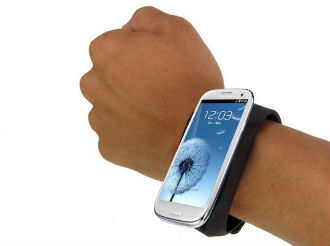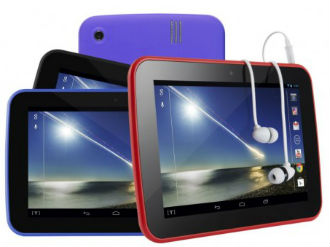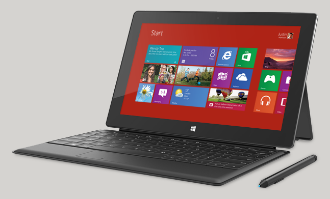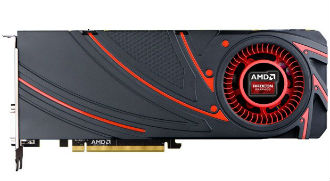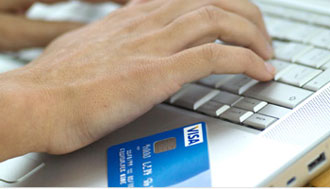 Businesses needing to implement new processes and procedures across different sites may well be thanking their lucky stars today, after German software colossus Software AG unveiled something called Process Live.
Businesses needing to implement new processes and procedures across different sites may well be thanking their lucky stars today, after German software colossus Software AG unveiled something called Process Live.
Process Live is described as “a cloud based service integrating social collaboration with process improvement”, which loosely means that you can put things like your HR services (contracts, hiring and firing) in the cloud and make them available across different territories – rather than locking them away in separate systems where no one can find what they need.
Being software-as-a-service (SaaS), Process Live is intended to offer Software AG’s customers all the usual benefits of scaling up as well as down, instant switching on and off, and so on.
Singapore-based management consultancy firm, the Litmus Group, is using Process Live and Fabian Erbach, Partner at Litmus quoted by Software AG thus: “Process Live gives us the opportunity to start process improvement projects immediately and to dynamically scale them based on demand and maturity.”
“We are giving access to the speed and accuracy of a process driven business to departments and organisations of any size”, said Software AG CTO Wolfram Jost. “With a fully scalable investment model, business users have direct access to powerful process improvement tools when and for how long they need them – without having to involve the IT department.”
The launch of Process Live took place at Software AG’s user conference, Innovation World, which was held in San Francisco.


